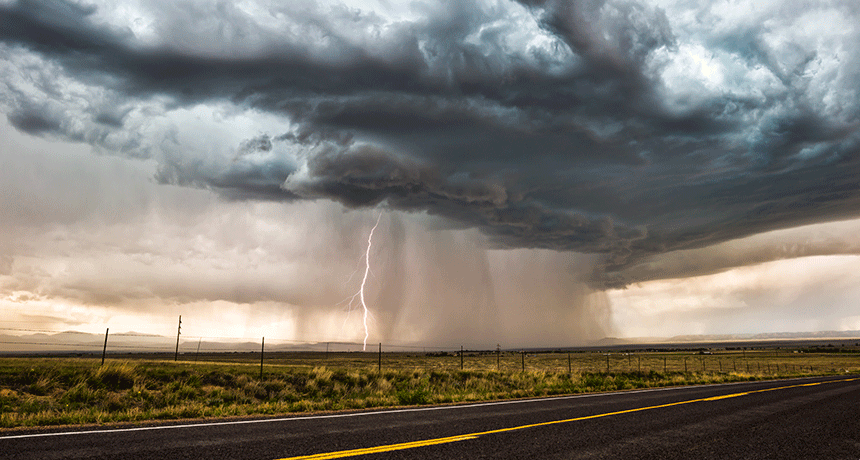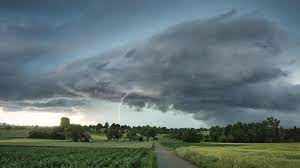Rain clouds, those majestic formations that bring life-giving water to the Earth, are a phenomenon that has fascinated humanity for centuries. In this comprehensive exploration, we delve into the intricate science behind rain clouds, uncovering the mysteries that shroud these meteorological wonders.
Read more about Understanding Tomorrow’s Weather: A Comprehensive Guide
Contents
Understanding the Basics: What are Rain Clouds?
Cloud Formation and Types
Rain clouds, scientifically known as nimbostratus clouds, are a result of the condensation of water vapor in the Earth’s atmosphere. This condensation occurs when warm air rises and cools, causing the water vapor it carries to form tiny water droplets or ice crystals. There are various types of clouds, each with distinct characteristics, but rain clouds are crucial for precipitation.
The Role of Atmospheric Conditions
The formation of rain clouds is heavily dependent on specific atmospheric conditions. Factors such as temperature, humidity, and air pressure play pivotal roles. Understanding the delicate balance between these elements is essential for predicting rain and creating accurate weather forecasts.

The Science Behind Precipitation
Rainfall Mechanism
Once rain clouds are formed, the process of precipitation begins. The water droplets within the cloud combine to form larger droplets, eventually becoming heavy enough to fall to the ground as rain. This intricate process is a testament to the complexity of atmospheric dynamics.
Factors Influencing Rainfall Amounts
Not all rain clouds are created equal. Some produce a gentle drizzle, while others unleash torrential downpours. The size of the water droplets, the duration of condensation, and the overall atmospheric conditions all contribute to the variation in rainfall amounts.
The Impact of Human Activities on Rain Clouds
Anthropogenic Influences
In recent years, scientific studies have explored the impact of human activities on weather patterns, including rain cloud formation. From deforestation to industrial emissions, human actions can alter atmospheric conditions, potentially influencing the frequency and intensity of rain.
Climate Change and Rain Clouds
As the global climate undergoes significant changes, so do the dynamics of rain clouds. Rising temperatures, melting ice caps, and shifting weather patterns contribute to alterations in precipitation levels and the behavior of rain clouds worldwide.
Advancements in Rain Cloud Research
Technological Innovations
The field of meteorology has seen remarkable advancements in technology, allowing scientists to study rain clouds with unprecedented precision. Satellite imagery, computer models, and advanced weather forecasting tools contribute to a deeper understanding of these complex atmospheric phenomena.
Future Implications and Research Avenues
Continued research into rain clouds is essential for adapting to the evolving climate and ensuring water resource management. Scientists are exploring innovative solutions, such as cloud seeding, to manipulate rain cloud behavior for agricultural and environmental purposes.
Conclusion
Rain clouds are not merely transient weather patterns but intricate systems governed by the laws of physics and atmospheric science. As we unravel the complexities of their formation, precipitation mechanisms, and the influence of human activities, we gain a profound appreciation for the role these clouds play in sustaining life on Earth.
As we navigate the challenges of a changing climate, advancements in technology and ongoing research promise a deeper understanding of rain clouds, empowering us to adapt and mitigate the impacts of environmental transformations. In this exploration beyond the horizon, we celebrate the marvels of nature while recognizing our responsibility to safeguard the delicate balance that sustains the intricate dance of rain clouds in our atmosphere.




[…] Read more about Exploring the Science Behind Rain Clouds […]